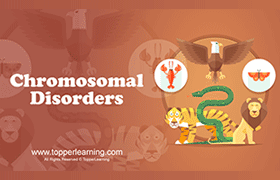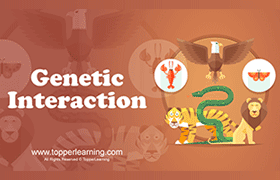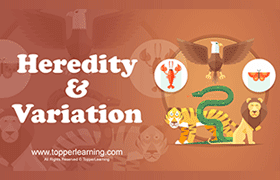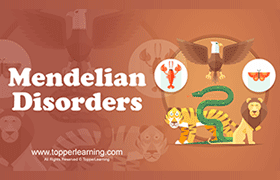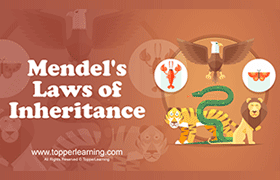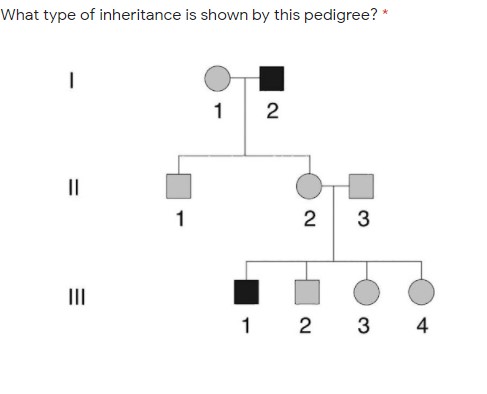NEET Class neet Answered
How many types of genotype will be obtained in skin colour inheritance?
1.16
2.256
3.64
4.8
Asked by prakhart.278 | 05 Jan, 2023, 01:44: PM
Human skin phenotype is an example of polygenic characteristic which shows continuous variation. Human skin is controlled by six genes each with it's own allele. These alleles control the production of melanin. These genes produces eight different types of gametes and these gametes combine with each other in 64 different ways (genotypes) resulting in a total of seven skin color.
Parents having genotype AABBCC and aabbcc will produce offspring of intermediate colour in the F1 generation, i.e. AaBbCc genotype. In the F2 generation of two triple heterozygotes (AaBbCc x AaBbCc) mate, they will give rise to varying phenotypes ranging from very dark to very light in the ratio 1:6:15:20:15:6:1.
Answered by Sheetal Kolte | 06 Jan, 2023, 10:19: AM
Concept Videos
NEET neet - Biology
Asked by prakhart.278 | 05 Jan, 2023, 01:44: PM
NEET neet - Biology
Asked by 8709096763raj | 29 Mar, 2022, 10:00: PM
NEET neet - Biology
Asked by dhruvbaptu02 | 05 Sep, 2021, 01:29: PM
NEET neet - Biology
Asked by patra04011965 | 06 Aug, 2021, 08:50: PM
NEET neet - Biology
Asked by 7085ankitsingh10a | 19 May, 2021, 10:45: AM
NEET neet - Biology
Asked by sweety.agariya1010 | 20 Jan, 2021, 08:05: PM
NEET neet - Biology
Asked by patra04011965 | 18 Jun, 2020, 09:10: PM
NEET neet - Biology
Asked by m.shajahan1991 | 18 Jun, 2020, 03:56: PM
NEET neet - Biology
Asked by arnavvidudala20050 | 24 Apr, 2020, 10:40: AM
NEET neet - Biology
Asked by dr_pradip27121972 | 22 Apr, 2020, 03:04: PM

